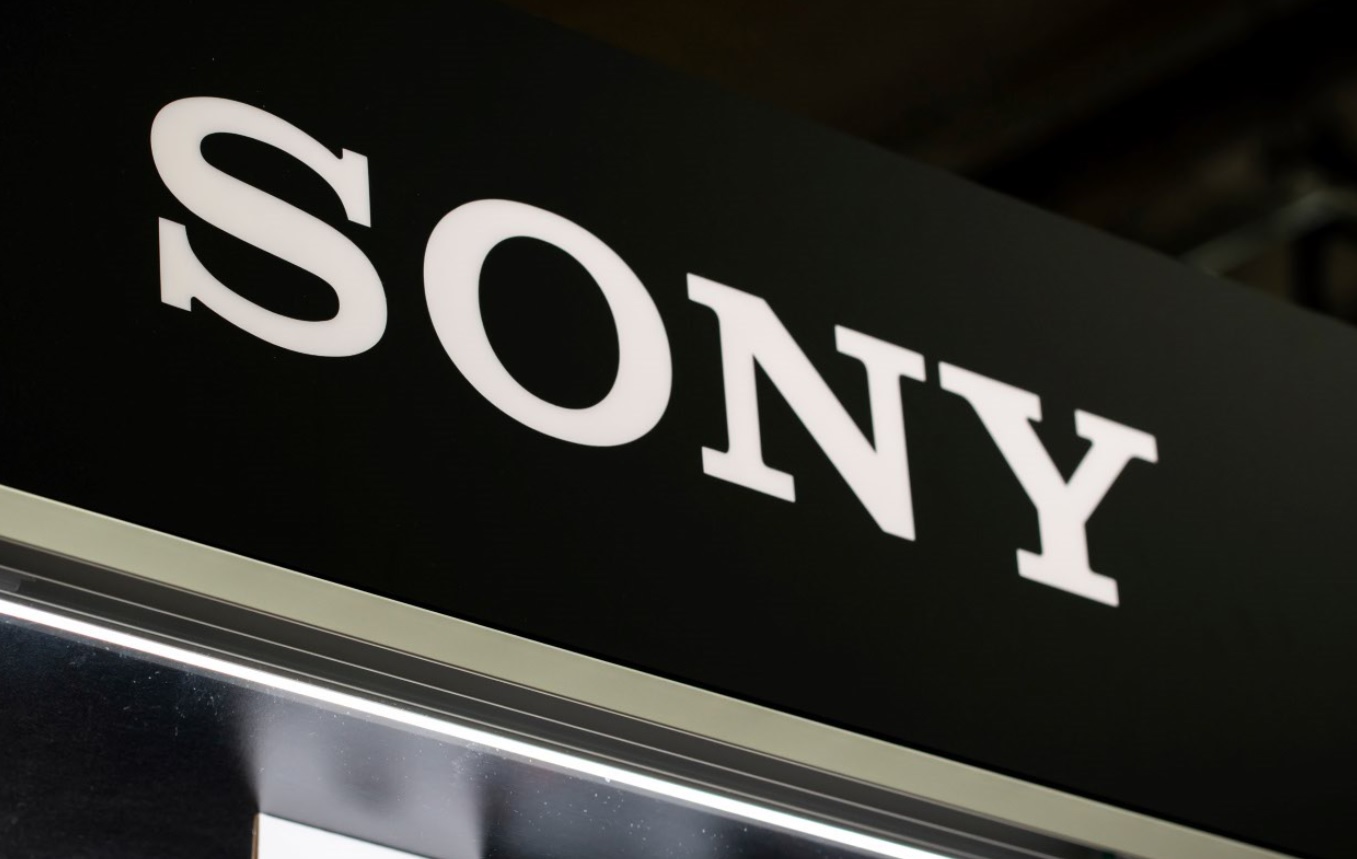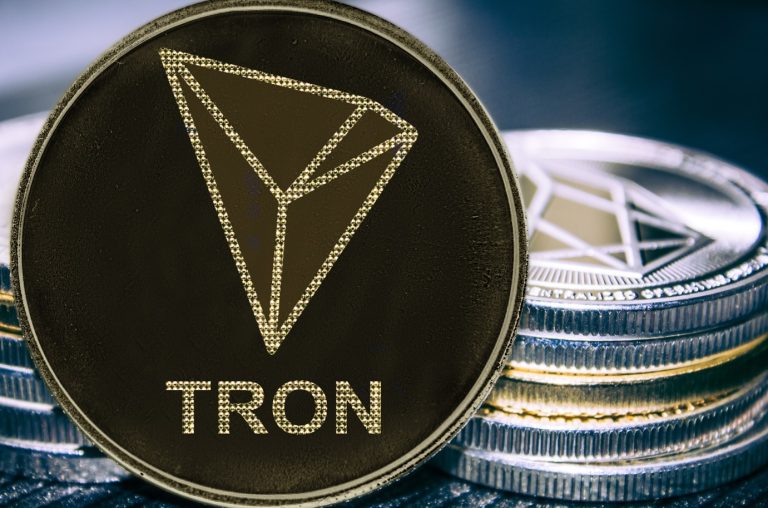- The electronics manufacturer announced that it has joined forces with Theta in an SRD-NFTs project
- The NFTs are hosted on ThetaDrop
The Japanese manufacturer of consumer electronics products Sony has teamed up with Theta Labs, the creator of the decentralized video streaming network Theta, teamed upto launch two collections of 3D NFTs designed exclusively for display on its Spatial Reality Display, SRD.
Sony’s SRD is the electronics giant’s display that allows users to view objects in 3D, without the glasses or all the complicated equipment associated with the “normal” experiences in virtual reality.
The functioning of the device is such that it tracks the movements of the eyes and adjusts the display perceived by the user when he moves or tilts his head. This tablet-like device allows users to get the feeling of a solid 3D object, which is the technology to be used with the NFTs in the pipeline – they would be representable and “manipulable” via the SRDs.
The underlying technology uses mixed reality to enhance the feel of the NFTs, allowing users to perceive these valuable collectibles in an experience they can almost touch.
One of the collections would be a limited edition called “The Tiki Guy”, a 3D Tiki mask. There will be only ten of them. But for the owners of Tiki Guy NFTs with a US shipping address, the matter will be even more exciting, because they will additionally receive a free SRD device!
Beyond the industrial space, into the virtual world
The introduction of NFTs on the SRD will expand the usefulness of these devices. Since the introduction of the technology in 2020, it has often been promoted as an industrial tool for designers, engineers and artists. However, with the development of NFTs, these immersive devices will push the boundaries of industrial space into the virtual world.
Sony VP of Business Development Nick Colsey believes that NFTs will provide exactly the perfect demonstration of the potential of SRD technology, especially in the metaverse and in improving the experience of NFT owners/collectors.
Better, but we are still in expensive waters
For $ 5, 000 apiece, it will probably be too expensive for the average enthusiast. However, the price impact goes beyond that!
Given that we will receive NFTs in 3D, not to mention the fact that they can only be viewed on SRDs, the holders would be limited in the usefulness they draw from their tokens. For example, you can’t flaunt them on your social media profiles or other media platforms like screens. Theta performs well in that there is a 2D version of the NFTs. But the catch is that they are associated with additional costs. The interoperability restrictions also mean that NFT holders will be prevented from migrating their tokens across virtual platforms.
By and large, Sony’s SRD has opened a gateway to solving a complicated challenge that has plagued these virtual spaces time and time again: it allows the metaverse to host users without the need for overly annoying hardware. The technology enables the interaction of the physical and virtual world, as the augmented reality startup Anima has tried to do.




